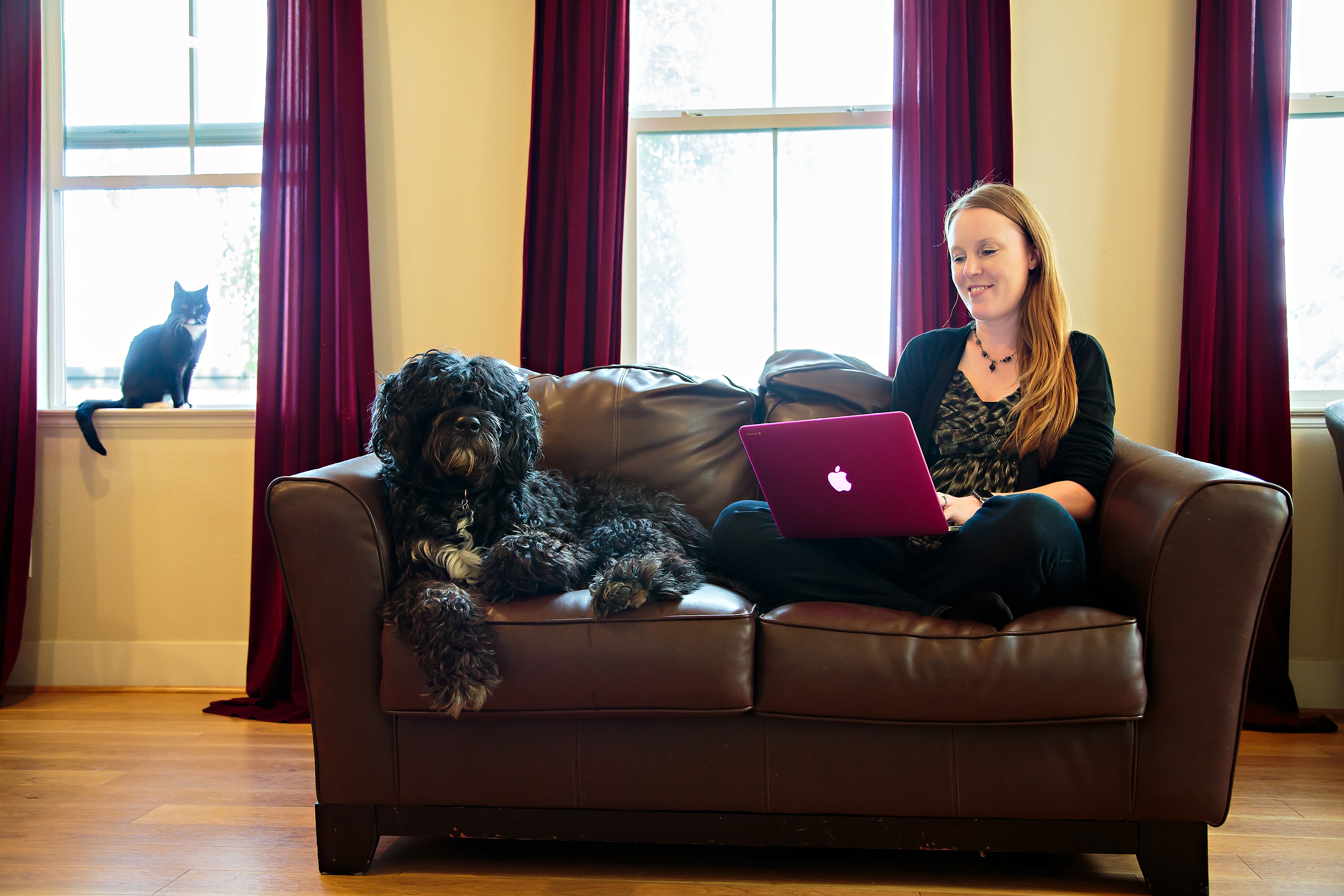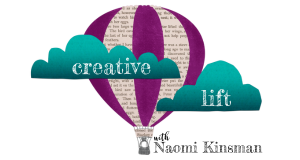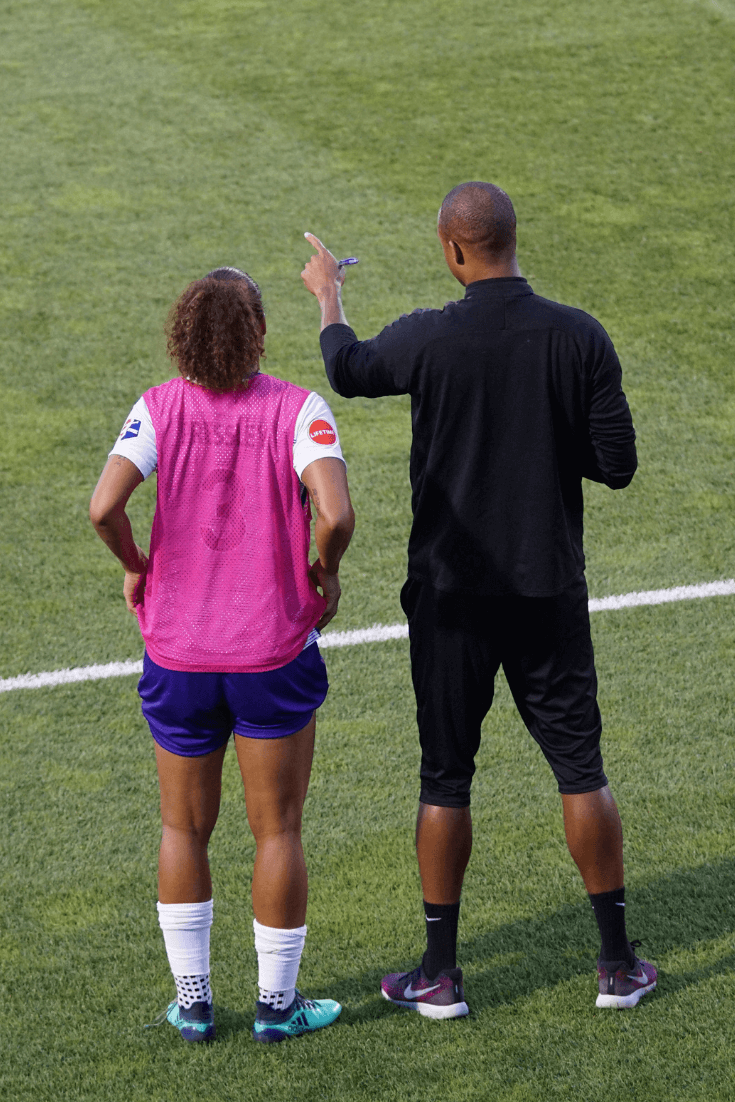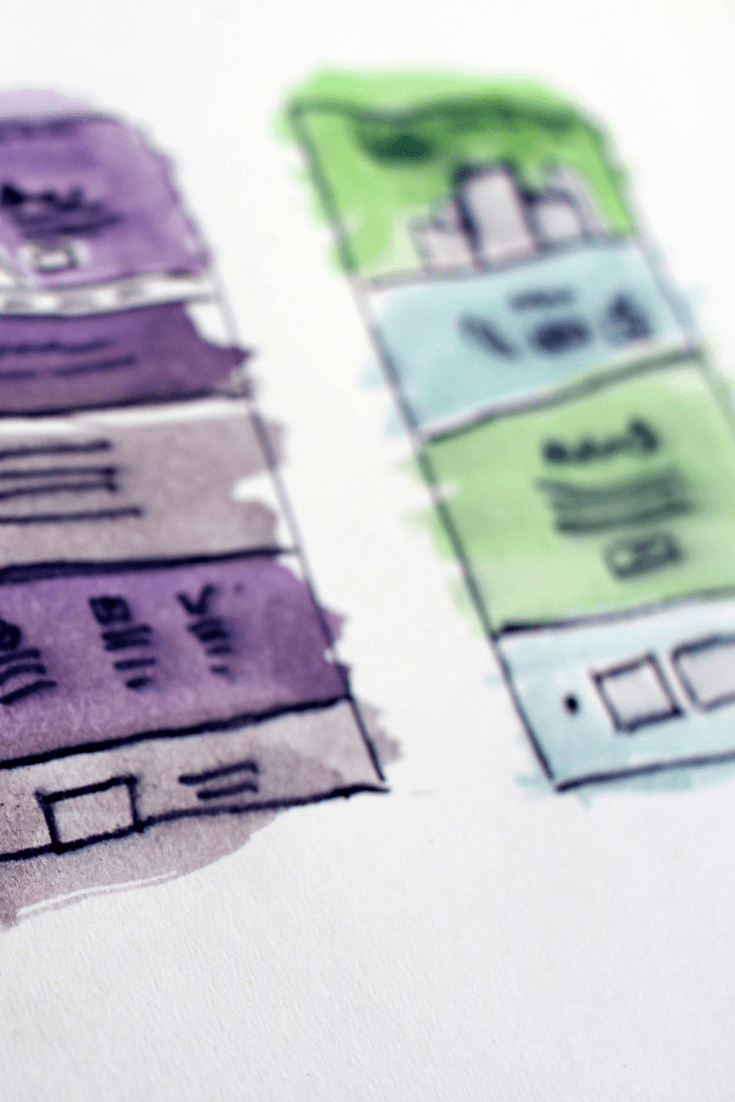Storyboard Like a Detective
Define the scenario, collect clues, and ultimately, resolve your questions. Capture your thinking on your storyboard.
Style
Inventor
Skill
Structuring Ideas
Time
15 – 45 minutes
THE WORKSHOP:
Storyboard Like a Detective
Structured thinking can be difficult for Inventors. Approach the plotting process with a sense of play by tapping into your inner Sherlock Holmes. First define what you know about your storyline. Then, list your questions and choose a line of inquiry where you can start. Collect if-then clues to resolve those questions. Then, return to your list of questions. What is no longer relevant? What is still unresolved? Pick another line of inquiry, and repeat until you have a workable storyboard.
When should you storyboard your manuscript? There are a number of times in the writing process where working with a storyboard can be useful.
After idea generation, storyboarding will help you structure energetic brainstorming into a solid plan for your story. For me, the right moment is after I’ve done some full-plot brainstorming, and after I’ve drafted at least two or three scenes.
When drafting, storyboarding is an excellent get-unstuck tool. You might play a game or two to shake up your ideas and then use a storyboard to help you plug your new ideas into the plot. If you’ve already created a storyboard, you can play around with the variables to see if a change here or there might unstick your stuck moment. If not, a storyboard will give you increased clarity.
When revising, storyboarding is a powerful shortcut to help you see the effect of changes. Rather than trying to hold your entire plot in your mind while you experiment with possibilities, swap elements into and out of your storyboard to see how each change will impact your plot. Using this simplified view, you’ll be able to problem-solve with greater perspective and speed.

Materials
How to Play
- Timer
- Paper
- Pencil
- Colored Pencils (optional)
- Index Cards
- Posterboard, a White Board, or a Large Open Space (such as a wall, a tabletop, or the floor)
1. Set a timer for three minutes.
2. In that short time, capture what you know about your storyline. Stick to who, what, and where, and be as matter-of-fact as possible. Deal with any new shiny ideas the way Sherlock Holmes might … with a withering look and a dismissive attitude.
3. Considering your givens, and all of those ideas bouncing around in your mind, capture a list of questions. They might be “what if,” “why,” “how might,” or any other kind of question that needs to be solved for you to move forward.
4. Look over your list. Some questions will be related, some will be silly. Others will be clearly important. Choose a line of inquiry to follow.
5. Grab a stack of index cards. Decide how long you want to spend on the storyboard today. Save three-five minutes at the end of your work session to capture any thinking you haven’t captured on the board and don’t want to forget. Set your timer accordingly.
6. If this is your first draft of the storyboard, start your storyboard with the cards that relate to your givens. Then, use if-then thinking around your line of inquiry to define key scenes. Remember, you can always define a scene and an alternate, and decide to make your final choice later. Put one scene on each card, using an interesting title and images if you like.
7. If you’ve already created a storyboard for this project, begin with the cards on your board. Write new scenes on cards and add them to the board, pulling off cards that are no longer relevant.
8. When you reach problem spots, or gaps between one major scene and another, use your Sherlock Holmes logic to find a possible way from one scene to the next, and then test that theory. Does it work? What might strengthen it? Would an alternate option be better?
9. Depending on how much time you’ve allotted for this activity, you can spend time now experimenting with variables, or just capture the givens for a scene and plan to play with possibilities later when it’s time to draft that scene.
9. Wrap up your storyboarding session by writing yourself a quick set of notes about any outstanding questions. You might just highlight what’s left on your original list, or write a new summary.
Don’t forget! If you can’t store your storyboard as is, number your cards (in pencil) so it will be easy to lay them out in this same order again.
Try On Other Creative Styles
Storyboard Like a Coach
FOR SPECIAL AGENTS
Run a few quick scenarios for your idea and then choose a game plan for your storyboard.
Storyboard Like an Animator
FOR COLLABORATORS
Use the Hero’s Journey to structure your storyboard discussion with a collaborator.
Storyboard Like a Reporter
FOR ARCHITECTS
Structure your thinking about a project with a reporter’s questions. Use your discoveries to shape your storyboard.





